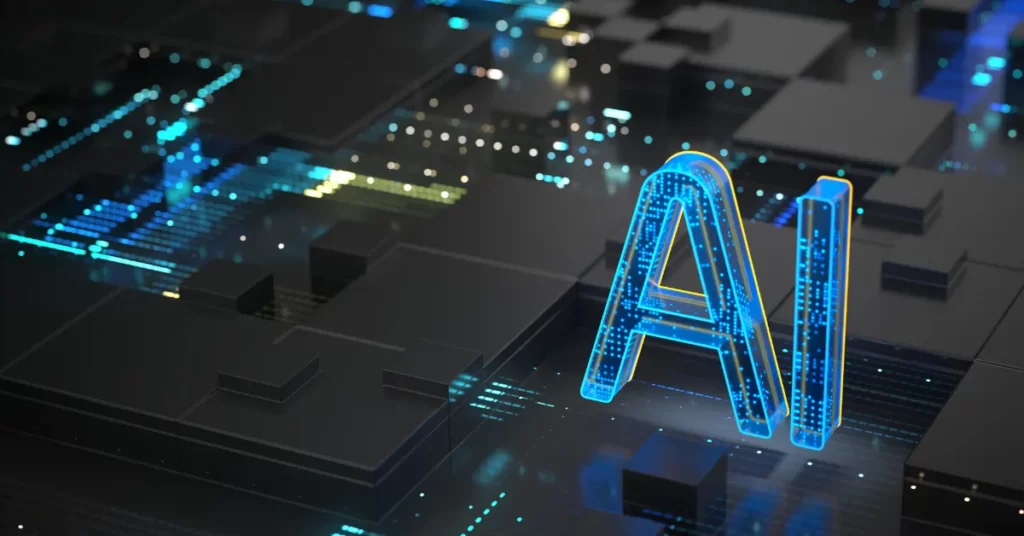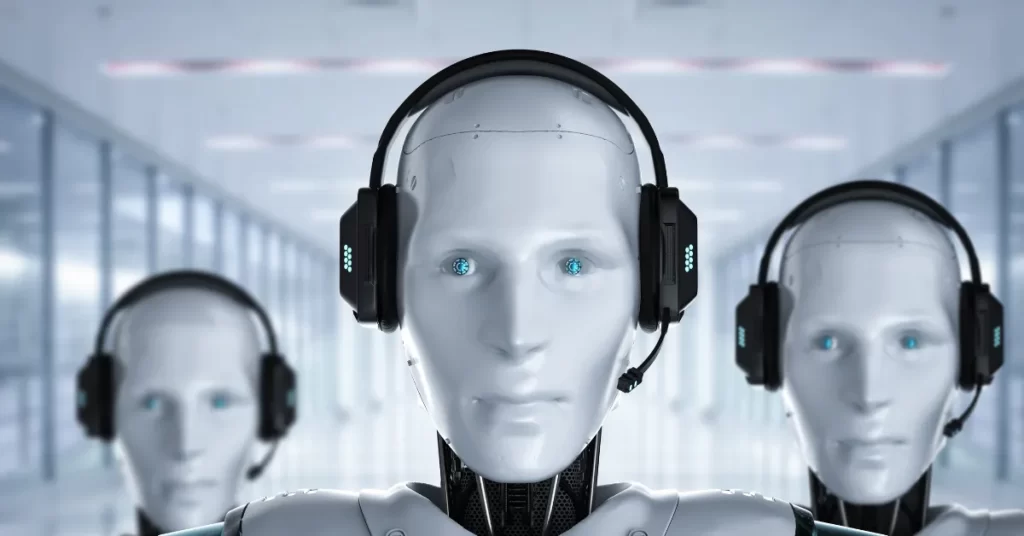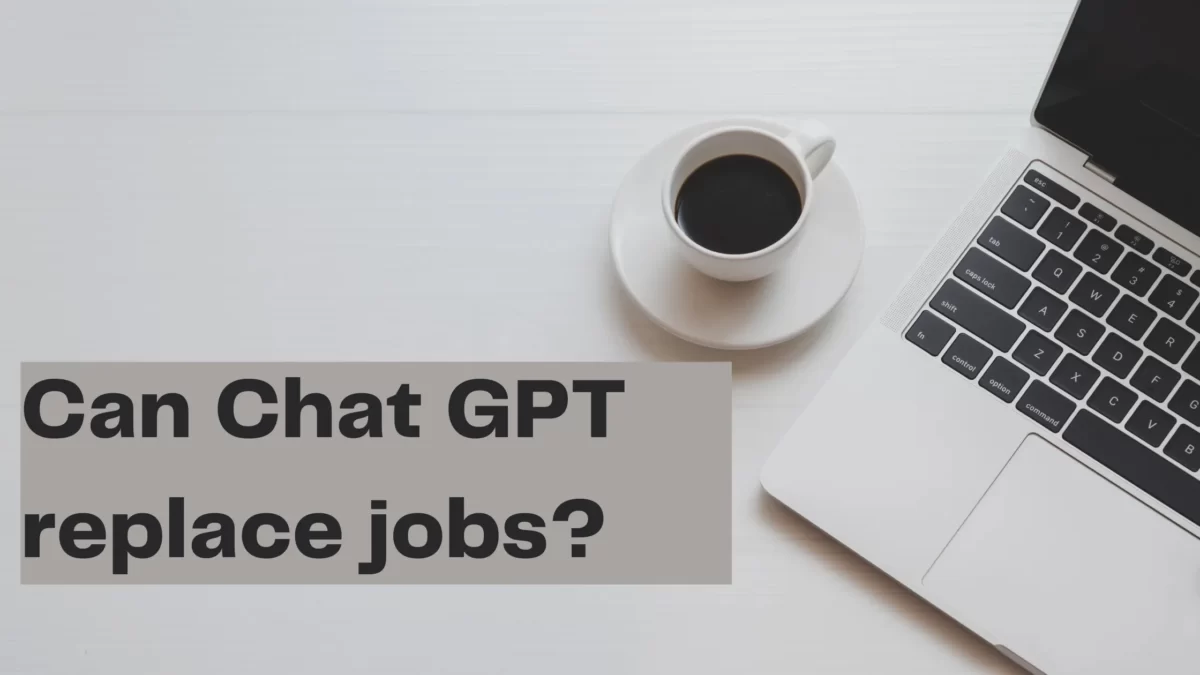The rapid advancement of artificial intelligence (AI) and its application in various areas has actually sparked intriguing discussions regarding its possible influence on the job market. One location of AI that has garnered considerable interest is AI language designs, with ChatGPT attracting attention as a prominent example. ChatGPT, established by OpenAI, is an innovative language model that possesses the remarkable ability to recognize as well as produce human-like message. As its capabilities continue to evolve, an important question arises: Can Chat GPT replace jobs?
Introduction
In this blog post, we will delve into the capabilities, benefits, and limitations of Chat GPT to explore its potential impact on the workforce. We will examine how Chat GPT’s language generation and understanding abilities have revolutionized various applications and assess its potential to automate tasks and improve efficiency in different industries.
While recognizing the potential benefits of Chat GPT, it is crucial to acknowledge its limitations and the ethical considerations associated with AI-generated content. We will delve into these challenges, such as biases in AI-generated content, accuracy concerns, and the need for human supervision and intervention to ensure responsible use.
Moreover, we will certainly determine particular jobs that might go to risk of variation by ChatGPT, such as recurring tasks in various markets, customer service duties, and specific facets of content development as well as journalism. Nonetheless, we will highlight that the influence of Conversation GPT is most likely to involve task change as well as partnership in between people and also AI as opposed to complete work substitute. Highlighting the relevance of human touch and psychological knowledge, we will certainly discuss complicated tasks that call for human imagination, essential reasoning, emotional connection, empathy, and also the worth of human judgment and also intuition.
These aspects continue to be indispensable in careers that count on human top qualities that are challenging to reproduce with AI alone. In conclusion, while AI language designs like ChatGPT possess remarkable capacities, their combination into the workforce needs a thoughtful method that stabilizes automation as well as human job. By identifying the capacity of ChatGPT while acknowledging its restrictions, we can navigate the developing job landscape and develop collaborative workplace that maximize the stamina of both people and also AI.
Table of Contents
The rise of AI language models

In recent years, there has been a significant advancement in the field of artificial intelligence (AI), particularly in the development of AI language models. These models have the ability to understand and generate human-like text, enabling them to engage in conversations and assist with various tasks. This rise in AI language models has sparked discussions about their potential impact on the job market.
Defining ChatGPT and its capabilities
One such AI language model that has gained attention is ChatGPT. Developed by OpenAI, Chat GPT is an advanced language model that uses deep learning techniques to understand and respond to text-based conversations. It has been trained on a vast amount of data, allowing it to generate coherent and contextually relevant responses.
Chat GPT’s capabilities extend beyond simple question-answering. It can carry out tasks such as writing emails, creating code snippets, providing customer support, and much more. With its ability to understand natural language and generate human-like responses, Chat GPT has the potential to automate certain job functions traditionally performed by humans.
Addressing the question: Can ChatGPT replace jobs?
The question of whether Chat GPT can replace jobs is a complex and nuanced one. While AI language models like Chat GPT have the potential to automate certain tasks, it is unlikely that they will completely replace humans in the workforce. Instead, their impact is more likely to involve job transformation and collaboration between humans and AI.
In the following sections, we will delve deeper into the capabilities of Chat GPT, explore its potential benefits and limitations, identify jobs that might be at risk of displacement, discuss the importance of human skills, and ultimately analyze how Chat GPT can coexist with human workers in the evolving job landscape.
Understanding the Capabilities of ChatGPT
Overview of Chat GPT’s language generation and understanding abilities
Chat GPT possesses impressive language generation and understanding abilities. It can analyze and interpret text inputs, comprehending the context, tone, and nuances of the conversation. Using its vast training data, Chat GPT can generate coherent and contextually relevant responses, mimicking human-like interactions.
Examples of successful applications of ChatGPT
Chat GPT has already demonstrated its effectiveness in various applications. For instance, it has been utilized in customer service chatbots, where it can provide quick and accurate responses to common inquiries. Additionally, Chat GPT has found value in content creation, helping authors generate ideas, proofread drafts, and enhance their writing.
ChatGPT’s potential to automate certain tasks and improve efficiency
One of the key advantages of Chat GPT is its potential to automate tasks that involve language-based interactions. By leveraging its language generation and understanding abilities, Chat GPT can handle routine and repetitive tasks, freeing up valuable time for human workers to focus on more complex and strategic responsibilities. This automation can lead to improved efficiency and productivity within various industries.
Potential Benefits of ChatGPT in the Workforce
Enhanced customer support and service

Chat GPT can revolutionize customer support by providing timely and accurate responses to customer inquiries. It can handle a wide range of queries, offer personalized recommendations, and even assist with troubleshooting common issues. This enhanced customer support experience can lead to higher customer satisfaction and loyalty.
Streamlining administrative tasks and data processing
Many administrative tasks involve processing and understanding textual information, such as sorting emails, analyzing documents, or summarizing reports. Chat GPT can assist in automating these tasks, saving time and reducing errors. It can quickly extract relevant information, generate summaries, and categorize data, streamlining administrative workflows.
Increased productivity and reduced workload for professionals
Professionals across various domains can benefit from Chat GPT’s assistance. It can aid researchers in literature reviews, provide insights for data analysis, and assist in drafting reports. By alleviating repetitive and time-consuming tasks, Chat GPT allows professionals to focus on higher-value activities, increasing their productivity and job satisfaction.
Limitations and Challenges of ChatGPT
Ethical considerations and biases in AI-generated content
Chat GPT’s responses are based on the data it has been trained on, which may contain biases or reflect societal prejudices. Care must be taken to ensure that AI-generated content is fair, unbiased, and inclusive. Ethical considerations arise when AI systems are used to generate sensitive or potentially harmful content.
Accuracy and reliability concerns
While Chat GPT has made significant strides in generating coherent responses, it is not infallible. There is still a risk of generating inaccurate or misleading information. Maintaining the accuracy and reliability of AI-generated content is crucial, especially in contexts where accuracy is paramount, such as medical or legal advice.
The need for human supervision and intervention
Chat GPT should not operate autonomously without human oversight. Despite its advanced capabilities, it lacks the ability to understand complex human emotions, exercise moral judgment, or handle situations requiring empathy. Human supervision is necessary to ensure that Chat GPT operates within ethical boundaries and to address situations where its limitations become apparent.
Jobs at Risk of Displacement by ChatGPT
Repetitive and mundane tasks in various industries
Jobs that primarily involve repetitive and mundane tasks, such as data entry, content moderation, or basic information retrieval, are at a higher risk of being automated by Chat GPT. These tasks can be efficiently handled by AI systems, allowing human workers to focus on more strategic and creative aspects of their work.
Customer service and support roles
Chat GPT’s ability to understand and respond to customer inquiries makes it a potential contender for customer service and support roles. Routine queries can be handled by AI chatbots, freeing up human agents to handle more complex or sensitive customer interactions that require human empathy and problem-solving skills.
Impact on content creation and journalism
The field of content creation, including writing articles, blog posts, or even news reports, could be impacted by Chat GPT. The model can assist in generating drafts, suggesting edits, or even creating content based on given guidelines. However, the creative and investigative aspects of content creation, which require human intuition and originality, are unlikely to be replaced by Chat GPT alone.
Adaptation and Collaboration: Humans and ChatGPT

The potential for job transformation and upskilling
Rather than outright job replacement, Chat GPT’s introduction into the workforce may lead to job transformation. Human workers can adapt their roles to focus on tasks that require emotional intelligence, critical thinking, and creative problem-solving—areas where AI systems like Chat GPT have limitations. Upskilling and acquiring new skills can help professionals embrace the changing job landscape.
Collaboration between AI and human workers
Collaboration between humans and Chat GPT can lead to more efficient and effective outcomes. Human workers can leverage Chat GPT’s abilities to improve their own work processes, enhancing productivity and decision-making. The combined strengths of AI and human intelligence can create powerful synergies in problem-solving and innovation.
Creating new job opportunities in the AI industry
The rise of AI language models like Chat GPT creates new job opportunities in the AI industry itself. From developing and fine-tuning AI models to ensuring ethical use and addressing biases, there is a growing need for professionals with expertise in AI, data science, and machine learning. This industry offers a range of fulfilling and challenging roles for individuals interested in shaping the future of AI.
The Importance of Human Touch and Emotional Intelligence
Complex tasks requiring human creativity and critical thinking
While Chat GPT excels at generating text, it still lacks the inherent creativity and critical thinking abilities of human beings. Complex tasks that involve ideation, problem-solving in novel situations, or strategic decision-making heavily rely on human creativity, intuition, and imagination. These aspects remain vital and difficult to replicate through AI alone.
Emotional connection and empathy in certain professions
Professions that require emotional connection and empathy, such as counseling, therapy, or caregiving, rely on the unique ability of human beings to understand and respond to complex human emotions. The human touch, empathetic listening, and the ability to provide nuanced support in delicate situations are irreplaceable by AI systems like Chat GPT.
The value of human judgment and intuition
Human judgment and intuition are indispensable in situations where ambiguity, uncertainty, and ethical considerations come into play. The ability to assess multiple perspectives, exercise moral judgment, and make decisions based on a combination of experience and intuition are crucial in fields such as law, policy-making, and leadership, where AI systems lack the inherent human understanding.
Conclusion
Recap of the role and impact of ChatGPT
Chat GPT, as an AI language model, possesses impressive language generation and understanding abilities that have potential applications in various industries. It can automate certain tasks, enhance customer support, streamline administrative processes, and improve productivity. However, its capabilities come with limitations and ethical considerations.
Balancing automation and human work in the era of AI
The key lies in finding a balance between automation and human work in the era of AI. By leveraging the strengths of Chat GPT and other AI systems, while recognizing the value of human skills, organizations can create more efficient and collaborative work environments that maximize the potential of both humans and AI.
Embracing the potential of ChatGPT while recognizing its limitations
While Chat GPT shows great promise, it is crucial to recognize its limitations and the need for human supervision and intervention. AI systems like Chat GPT are tools that can augment human capabilities and improve productivity, but they cannot fully replace the unique skills, creativity, and judgment that humans bring to the workforce.
By embracing the potential of Chat GPT while understanding its limitations, we can foster a future where humans and AI collaborate effectively, leading to increased productivity, job transformation, and the creation of new opportunities in an evolving job landscape.




